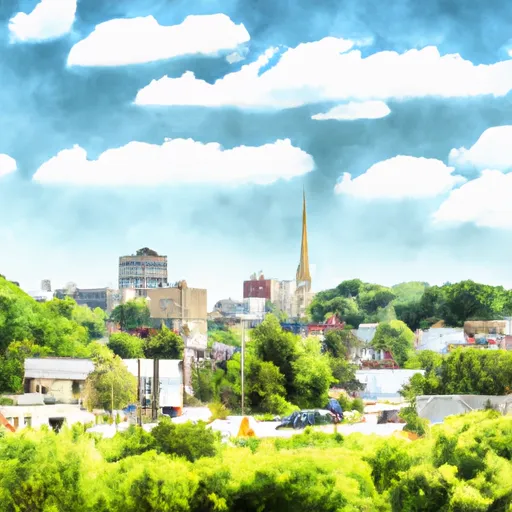°F
°F
mph
Windspeed
%
Humidity











Greenleaf, Wisconsin is a small town located in Brown County, with a population of approximately 1,000 people. The climate of Greenleaf is characterized by cold winters and warm summers, with an average annual precipitation of around 32 inches. The hydrology constituents of Greenleaf consist of small streams and tributaries that flow into the nearby Fox River. Outdoor recreation is a popular activity in Greenleaf, with opportunities for hiking, biking, and fishing available at nearby parks and natural areas. The Reforestation Camp is a popular destination for outdoor enthusiasts, offering over 1,200 acres of forested land, lakes, and trails for hiking, biking, and cross-country skiing. Overall, Greenleaf offers a peaceful and scenic environment for those seeking outdoor adventure.
Weather Forecast
Greenleaf receives approximately 764mm of rain per year, with humidity levels near 83% and air temperatures averaging around 8°C. Greenleaf has a plant hardyness factor of 5, meaning plants and agriculture in this region thrive during a short period during spring and early summer. Most plants will die off during the colder winter months.
Regional Streamflow Levels
3
Cubic Feet Per Second
17
Cubic Feet Per Second
23
Cubic Feet Per Second
16
Cubic Feet Per Second
Nearby Camping
| Camping Area | Reservations | Toilets | Showers |
|---|---|---|---|
| Crawford County Fairgrounds | |||
| Prairie Pines Campground | |||
| Oblong Park | |||
| Walnut Point State Park | |||
| Sam Parr State Park | |||
| Red Hills Lake State Park |



